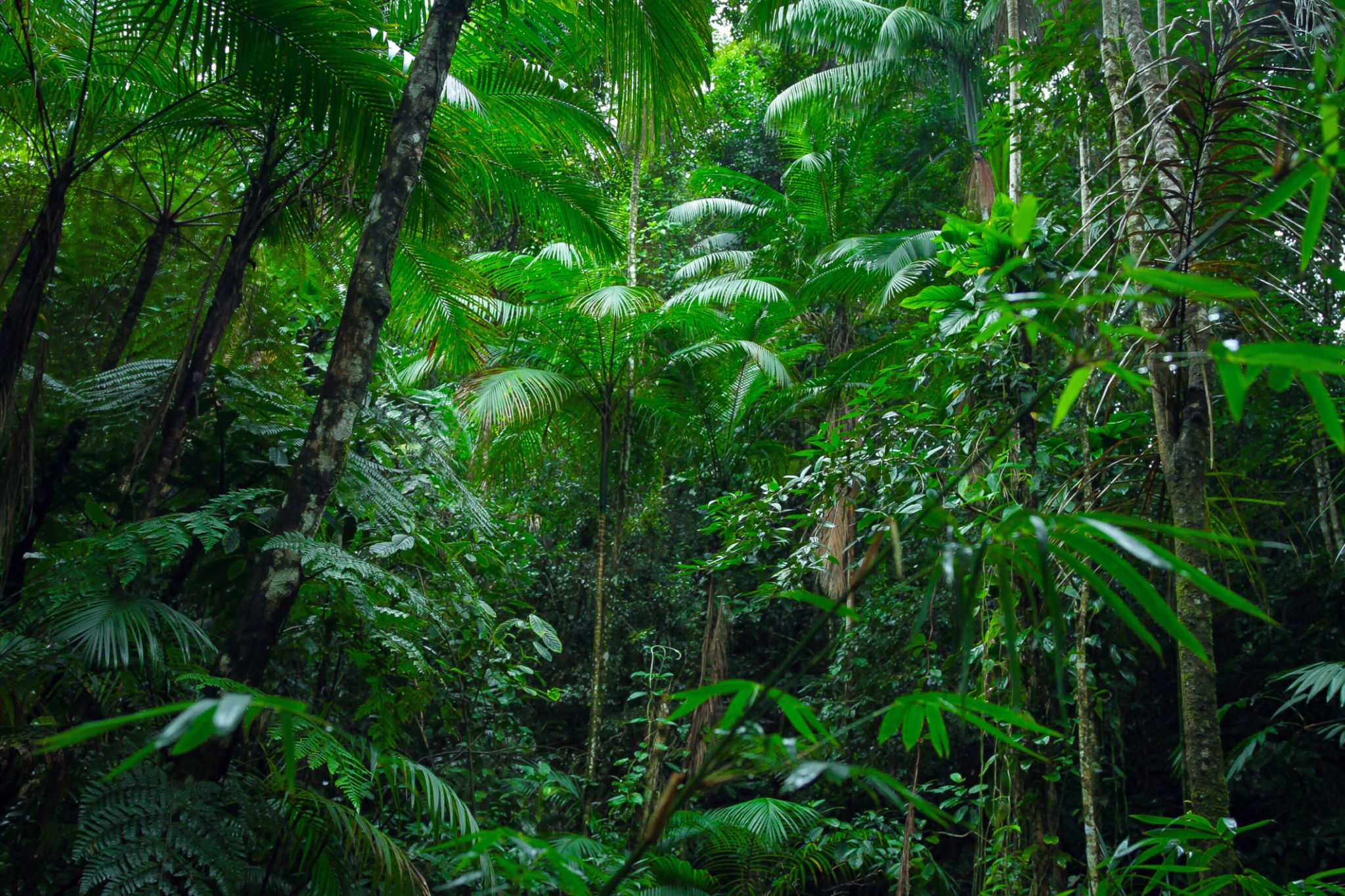Case Study: Successful Sustainable Tourism Initiatives in Brazil
Introduction to Sustainable Tourism in Brazil
In recent years, Brazil has positioned itself as a leader in sustainable tourism, harnessing its vast natural resources to promote eco-friendly travel experiences. From the lush Amazon rainforest to the vibrant culture of its indigenous peoples, Brazil offers a unique palette for sustainable tourism initiatives that benefit both the environment and local communities.

Community-Based Tourism in the Amazon
One of the most effective sustainable tourism initiatives in Brazil is community-based tourism in the Amazon. This approach involves local communities managing tourism activities, ensuring that they reap economic benefits while preserving their cultural heritage and the environment. Visitors engage in activities like guided jungle treks, wildlife watching, and cultural exchanges, providing an authentic experience that supports conservation efforts.
Impact on Local Communities
The impact of these initiatives on local communities is profound. By participating in tourism management, communities gain financial independence and are empowered to protect their natural habitats. This symbiotic relationship between tourism and conservation is a model for sustainability worldwide.

The Atlantic Forest: A Model for Conservation
The Atlantic Forest of Brazil is another excellent example of successful sustainable tourism. Recognized as a UNESCO World Heritage site, this region is home to a diverse range of flora and fauna. Eco-lodges and nature reserves offer guided tours that promote environmental education and awareness.
Preserving Biodiversity
Tourism initiatives in the Atlantic Forest focus on preserving biodiversity through responsible practices. This includes limiting visitor numbers, promoting eco-friendly transportation, and investing in reforestation projects. These efforts not only protect the environment but also enhance the visitor experience by maintaining the forest's pristine condition.

The Pantanal: Wetland Wonders
Known as the world's largest tropical wetland, the Pantanal is another shining example of Brazil's commitment to sustainable tourism. Eco-tours in this region are designed to minimize environmental impact while maximizing educational opportunities for visitors.
Wildlife Conservation Efforts
The Pantanal is renowned for its rich wildlife, including jaguars, capybaras, and hundreds of bird species. Sustainable tourism here supports wildlife conservation by funding research initiatives and anti-poaching efforts. Tour operators work closely with conservationists to ensure the protection of this delicate ecosystem.

Challenges and Future Prospects
While Brazil has made significant strides in sustainable tourism, challenges remain. Balancing tourism growth with environmental protection requires ongoing collaboration between government bodies, local communities, and the private sector. Investment in infrastructure and education is crucial to support these efforts.
The Role of Technology
Technology plays a pivotal role in advancing sustainable tourism in Brazil. Innovations such as GPS tracking for wildlife monitoring and mobile apps for eco-tourism education help enhance the effectiveness of conservation efforts. As technology continues to evolve, it offers new opportunities to improve sustainability in tourism.

Conclusion: A Sustainable Future
Brazil's sustainable tourism initiatives serve as an inspiring blueprint for other countries seeking to balance economic growth with environmental stewardship. By prioritizing community involvement, conservation, and innovation, Brazil is paving the way for a more sustainable future in tourism.
Through continued commitment and collaboration, Brazil can maintain its position as a global leader in sustainable tourism, ensuring that its natural wonders remain protected for generations to come.
